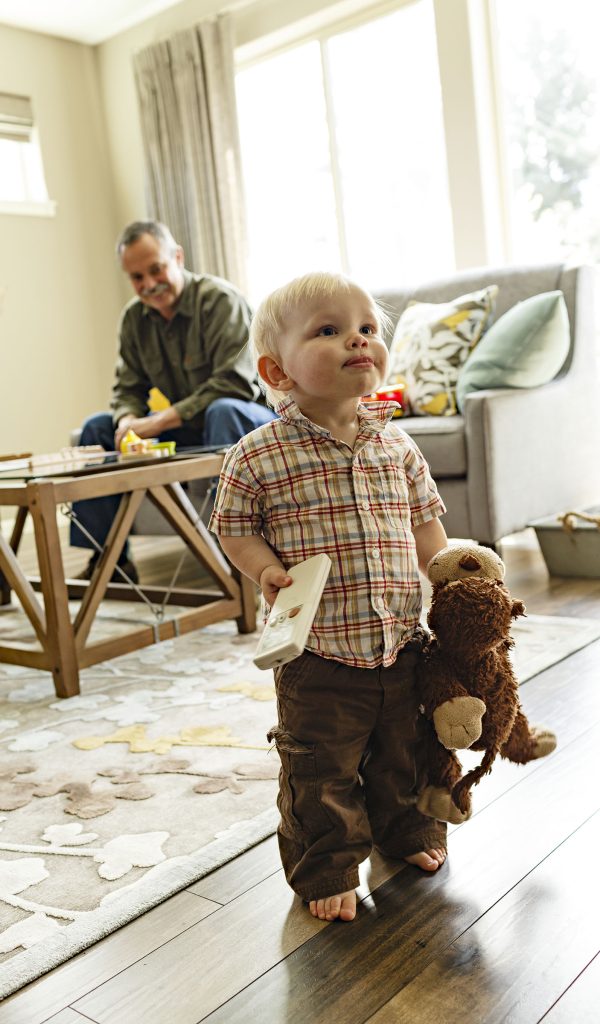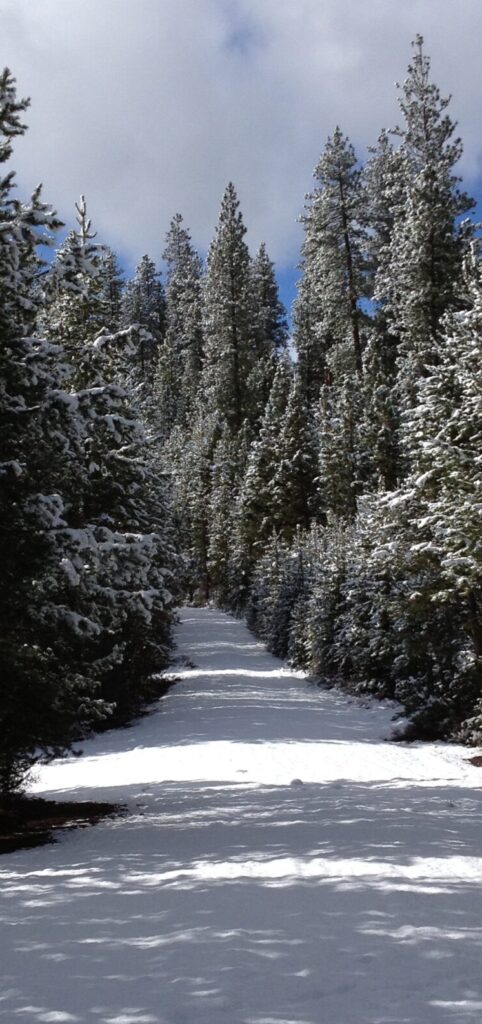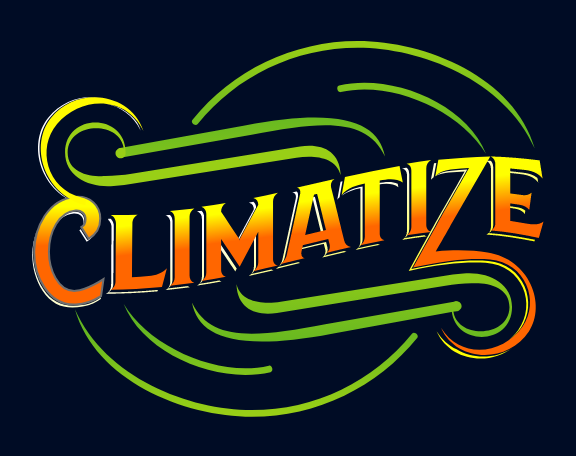training & support
Troubleshooting

Common Issues & How to Handle Them
Check out some of our most common troubleshooting requests below, and refer to your operations manual for more information on how to operate your specific HVAC system.
- Make sure that the remote control has working batteries.
- Press the on/off button on your remote.
- If this isn’t working, reset the remote by holding the on/off button for two seconds, and then pressing it again afterwards.
- If your remote is not working, you can turn the air conditioner on manually by pressing the on/off button on the main unit.
-
If this doesn’t work, check that the circuit breaker is on in your electrical box.
If your Daikin air conditioner keeps turning off, it’s called “short cycling.” This can be caused by a number of issues:
- Dirty air filters—you can try cleaning these to see if it fixes the issue.
- Dirty condenser coils—these need to be cleaned by our team.
- A refrigerant leak—refrigerant can be dangerous when inhaled, so you should schedule a service call.
If cleaning the air filters doesn’t do the trick, we recommend calling us to schedule a service call as soon as possible.
First, try changing the batteries. If this doesn’t resolve the problem, reset the remote by doing the following:
- Hold down the on/off button on the remote for two seconds.
- Press the on/off button to turn it on.
If the issue persists, it is possible that you may need to replace the remote.
Replace the batteries in your remote.
If your Daikin air conditioner doesn’t seem to be cooling the room down, there are a few things that you should check:
- Check that your doors and windows are closed: If your doors and windows are open, the cool air will escape and the AC unit won’t be able to regulate the temperature.
- Check the settings on your remote: Do you currently have cooling mode running? This is shown as an icicle icon on the remote control. If this is fine, check that the temperature is 24 degrees or lower. If you’ve changed the temperature, wait for at least 10 minutes before re-assessing the problem.
- Check your air filters: Air filters get clogged quickly, so you should check them once every four weeks at least (especially during summer).
If the indoor unit’s louvres open and then close again, there’s a couple of likely reasons:
- You have multiple split systems in different modes—if you have one unit in cooling mode and another in heating mode, the air conditioner may open and close again repeatedly. A multi-split system uses a single refrigeration system, so if you’re running multiple units, they must be in the same mode.
- The filters need to be cleaned—if a green light is flashing at the same time, your filters need to be cleaned. Follow the instructions here.
It is normal for the indoor unit to make clicking noise while in operation. The indoor unit is a heat exchanger that experiences thermal expansion during normal operation. Check the operations manual troubleshooting section to confirm normal behavior for your machine, and contact us if you still believe there is a problem.
What to Expect in Winter Weather
During extreme winter weather, it’s important to remember how our ductless heat pump operates and what we can do to help keep it running.
Your ductless heat pump is rated to produce heat down to 5 degrees (Fahrenheit). It is not the same capacity as if the ambient air temperature was above freezing outside, but still going to be using the heat-pump system and no electric resistance “strip heat” as with the fully ducted unitary heat pumps. Depending on your specific system, you may find the need for some supplemental heaters when the temperatures drop below 30 degrees (Fahrenheit).
Once the temperature drops below 35 degrees (Fahrenheit), your ductless heat pump will enter into defrost protocol. Every 20 minutes the system will check the sensor located on the outdoor coil and determine if it needs to initiate the “Defrost” mode.
Defrost mode basically puts the heat pump into cooling mode in order to heat up the outdoor coil and melt the ice build up that has occurred. While in defrost mode, the indoor unit will adjust the fan speed to low and the louvers will direct the air flow up high. This is because there will be some cold air blowing out of the indoor unit which wants to avoid directly blowing on the room inhabitants.
Don’t be alarmed to feel cold air blowing out of your indoor unit during these conditions.Once the machine senses the coil sufficiently defrosted (approximately 20-30 minutes), then the system will reverse back to heating mode and continue to best meet the target temperature desired.
As with many things affected during the rare but destructive freezing rain atmospheric phenomenon, the ductless units may have some challenges. It is possible for ice to build up on the outdoor unit shell and/or coil fan. If you hear any loud knocking from the outdoor unit, please shut off your unit and contact us as soon as possible. The fans are durable and can be cleared of the ice without damage. In extreme cases, we advise covering the top of the units to protect them from any damage during the freezing rain. Do not cover the sides of the outdoor unit.
As stated, this phenomenon is rare, but we need to be aware of the extremes in order to be prepared for all situations.
When discussing snow fall, there are a couple of factors to keep in mind. First, snow can be sucked into the outdoor coil and may cause the coil to freeze up more frequently than under non-snowy conditions. Basically speaking, this will put the system into defrost mode more often.
Secondly, in times of heavy snowfall (4″ or more accumulation), please monitor the outdoor unit and keep snow and ice from building up underneath, in front/back of, or on top of outdoor unit. We want to always remember to have free flowing airflow and the ability for the defrost water to get free from the underneath of the outdoor unit.
If you experience a utility power outage, there are a few things to be aware of:
- If the power goes out, please go to the circuit panel and switch off the breaker for the ductless system. It will be a breaker that takes up two spaces in the circuit panel box. It should be labeled as DHP, Ductless, Split, mini-split, or Heat Pump. If you have any questions as to which breaker it is, please contact us and we can assist.
- Once the power is restored, go turn the breaker for the DHP back on. If the temperature is below 45 degrees (Fahrenheit) don’t t turn the power to any of the indoor units on for at least 2 hours, and preferably 4 hours. Although this may be inconvenient because the house is most likely cold from no heat, it is important to let the compressor oil heat up in the outdoor unit to protect the compressor during start-up.
- If your indoor unit turns on, the louvers open then quickly close, and the green light flashes, then you may need to “reset” your system. This may happen with short power outages or utility grid surges, so you may not even know the power was out. If you experience this issue, simply go to the electrical circuit panel box, switch off the breaker for 20 minutes, and switch back on. This should reset the system and your DHP should be working. If, after the 20 minute reset you still are experiencing the same issue, turn off the system and please call.




